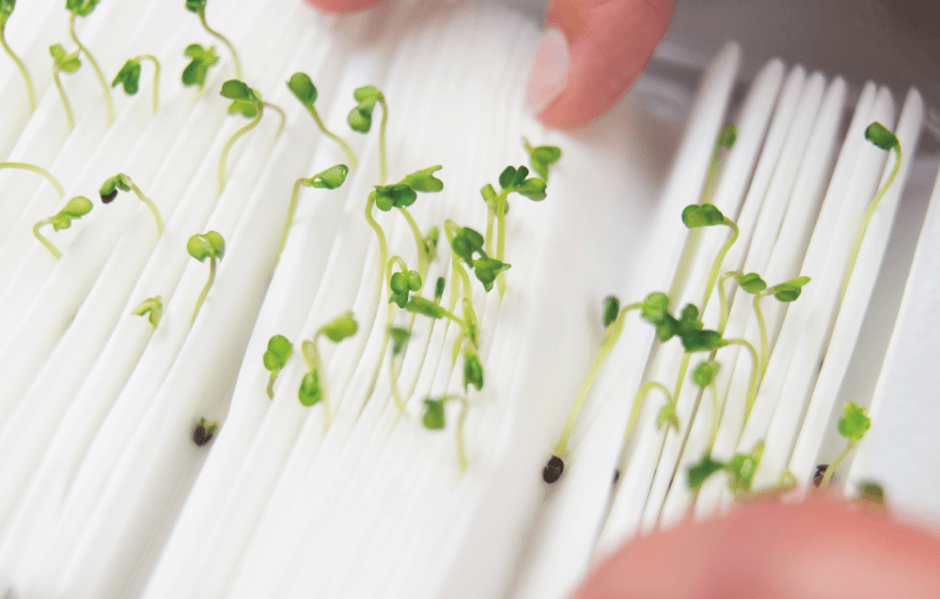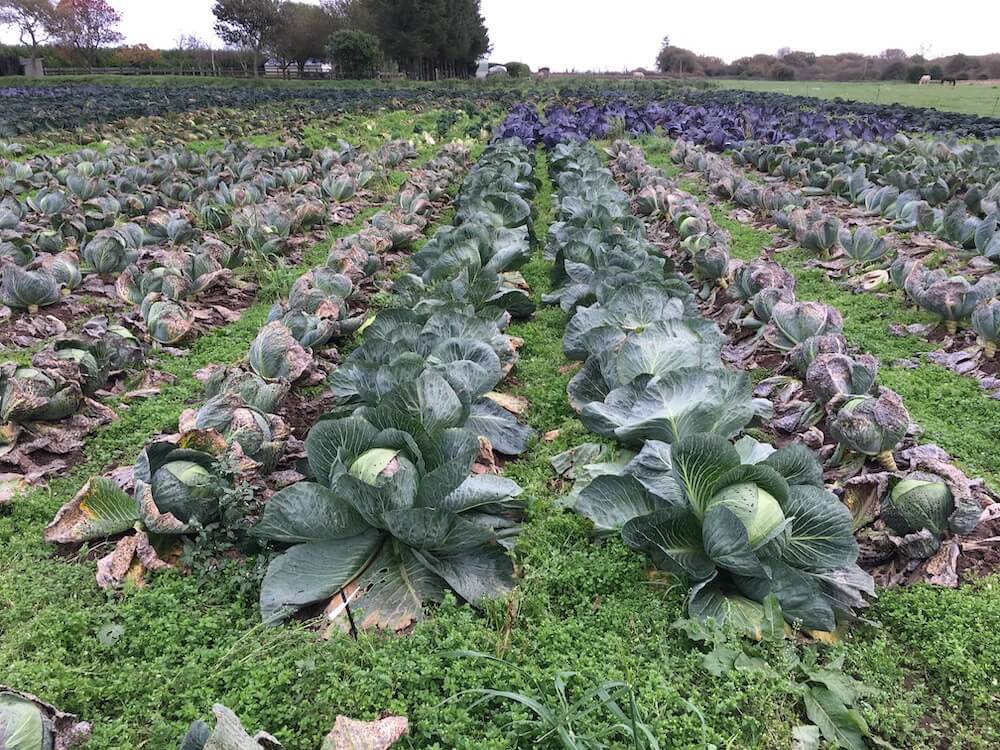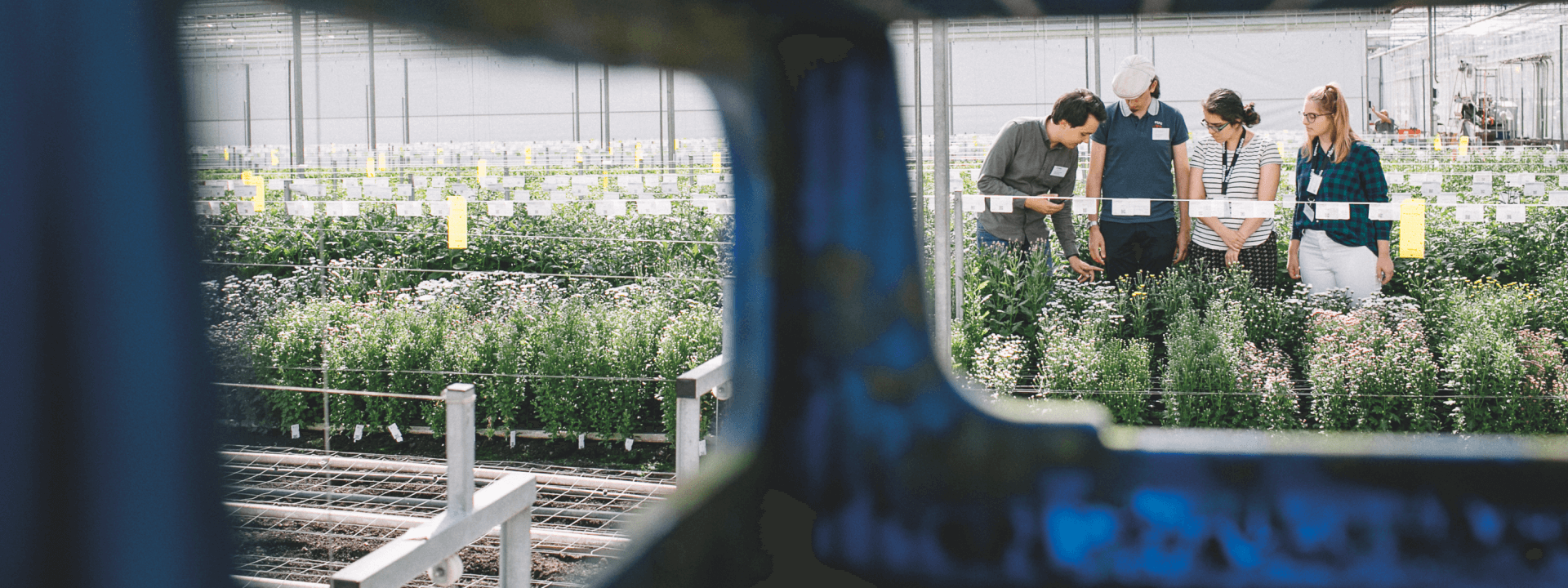As a child, you were told that spinach makes you strong. However, the plant itself is very vulnerable. Pathogenic fungi mutate at a rapid pace and break through the plant’s protective mechanisms.
A spinach variety that is resistant one year can succumb one season later. Making varieties resistant is a race against the clock.

How can we solve this?
Plant breeders are searching everywhere in the world for wild spinach that is resistant to fungi. In the laboratory, researchers unravel the genetic structure of the wild plant to track the presence of resistance genes. Eventually, the wild plant is cross-bred with our tasty variety.
Every vegetable or flower crop, every climate or soil type needs a solution for this problem. A variety that succeeds in the Netherlands will probably fail in Thailand. Breeding work is infinite.

“We now have a list of varieties that are highly resistant to all kinds of diseases and pests, such as clubroot, mycosphaerella, and thrips. In addition, the characteristics of the variety must also meet the requirements of the growers. A small change in the weather can make a plant more susceptible to, for example, fungi. That challenge is one of the reasons for me to pursue a career as a plant breeder!”


Seed Valley: global centre
Seed Valley is the world’s leading centre of plant breeding and seed technology. We work on the development of new vegetable and flower varieties.
Did you know that 50% of all vegetables worldwide have their origin in Seed Valley?


